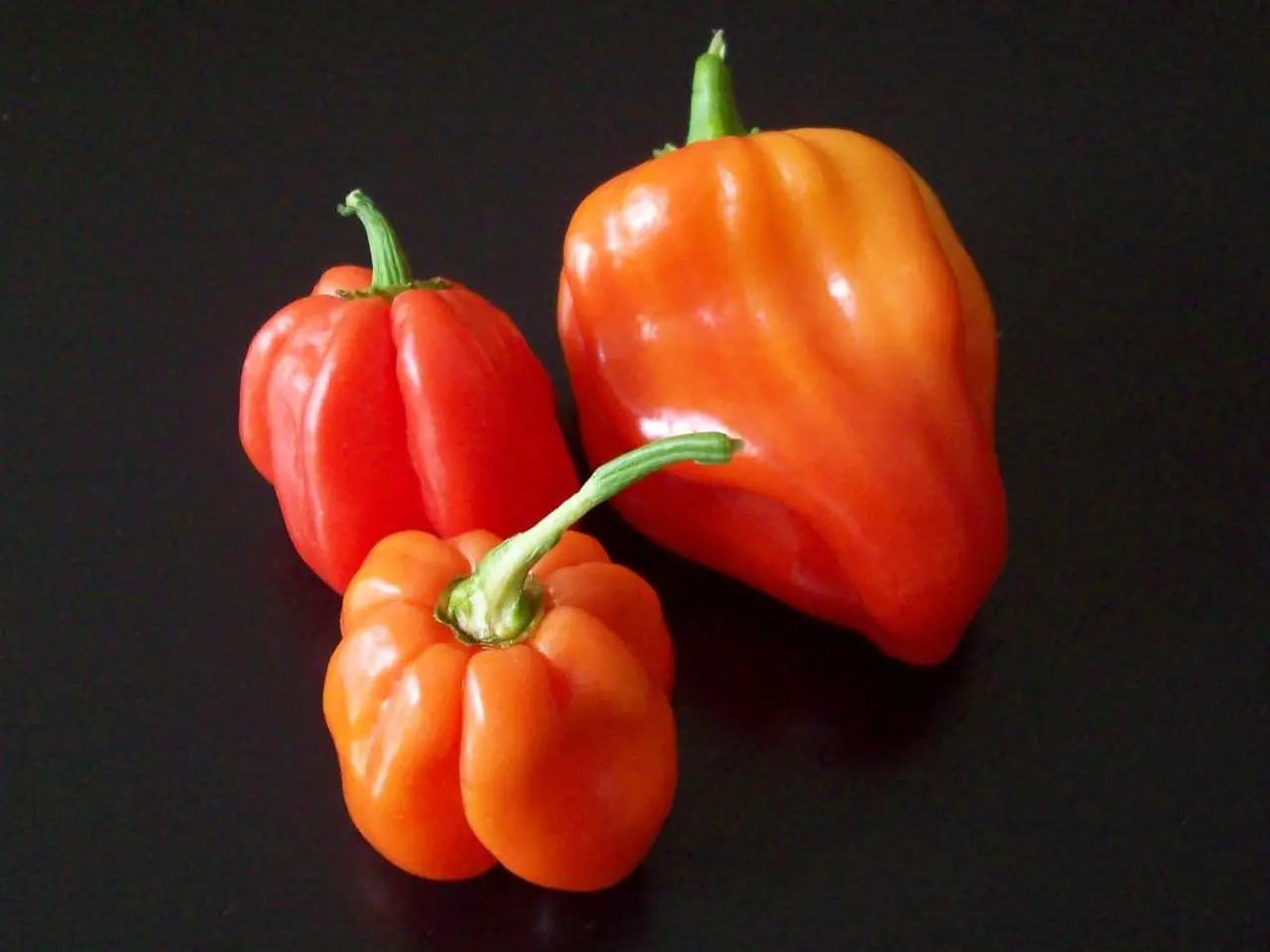Radish Planting Timeline in Texas: A Seasonal Overview for Garden Enthusiasts
In the Lone Star State, growing radishes can be a rewarding experience for both novice and experienced gardeners. With the right conditions and care, these cool-season crops can offer a quick turnaround from planting to plate, providing a burst of freshness and flavor.
Radishes thrive in full sun exposure for at least 6 hours daily, with well-drained, fertile, cool, and consistently moist soil. Optimal soil temperature ranges from 45°F (7°C) to 85°F (29°C) for germination and growth. To encourage root development and avoid leaf overgrowth that can delay harvest or cause bitterness, it's essential to maintain the soil moist but not waterlogged.
Climate-wise, radishes prefer cooler weather, making spring and fall the ideal growing seasons in Texas. Hot summer temperatures can cause poor germination and bolting (premature flowering). Fall radishes tend to grow slower but develop more robust flavor and longer shelf-life compared to spring radishes.
When it comes to watering, radishes require regular watering to maintain soil moisture without waterlogging. They need about 1 inch of water per week and should not be allowed to dry out entirely between waterings. Mulch can be used to retain moisture and prevent overwatering, which can lead to diseases and poor root formation.
Planting radish seeds is straightforward. Plant them about 1/4 to 1/2 inch deep with spacing starting at 1 inch apart, thinning to 2 inches between plants once established to allow enough room for root development. Mixing seeds with fine soil or sand can improve germination and prevent soil crusting.
To optimize radish quality, flavor, and harvest timing in Texas’ climate, it's crucial to follow these practices:
- Full sun exposure for at least 6 hours daily.
- Well-drained, fertile, cool and consistently moist soil.
- Cooler seasons like spring and fall avoid hot summer stress.
- Seed planting depth of 1/4 to 1/2 inch, spaced 1–2 inches apart.
- Regular watering to maintain soil moisture without waterlogging.
Avoid planting radishes in the same spot each year to minimize the risk of soil-borne diseases. Good air circulation and crop rotation are key preventive measures for diseases like downy mildew and clubroot.
Radishes mature quickly, often within 30 days, depending on the variety. Storing radishes in the fridge in a loosely sealed plastic bag helps maintain their crispness. Trim the tops of radishes to keep them fresh longer. It's also recommended to use a fertilizer with a low nitrogen content and higher phosphorus and potassium, such as a 1-2-1 ratio mix. Compost or aged manure can be used for fertilizing radish plants.
In the southern parts of Texas, planting between February and April works best, while for the northern regions, October to November is ideal. Avoid clay-heavy soils when growing radishes. Radishes thrive in well-draining soil rich in organic matter, with a pH level between 5.8 to 6.8.
Larry Meyers, a gardening expert with over 10 years of experience, aims to share gardening knowledge and create a one-stop shop for gardening information and needs. Recently, he has posted articles about when to plant tulips in Missouri, snail bait safety for dogs, and when to plant pumpkins in Michigan for Halloween.
By following these guidelines, gardeners in Texas can enjoy the benefits of growing radishes, adding a burst of freshness and flavor to their meals.
A lifestyle that incorporates gardening can be further enriched by growing radishes, as they thrive in Texas' cooler seasons and offer a quick turnaround from planting to food-and-drink. To optimize radish growth and flavor, it's essential to provide full sun exposure, well-drained and fertile soil, and regular watering, while ensuring good air circulation and crop rotation to prevent diseases. Home-and-garden enthusiasts can find valuable information about growing radishes and other plants on Larry Meyers' gardening blog.





